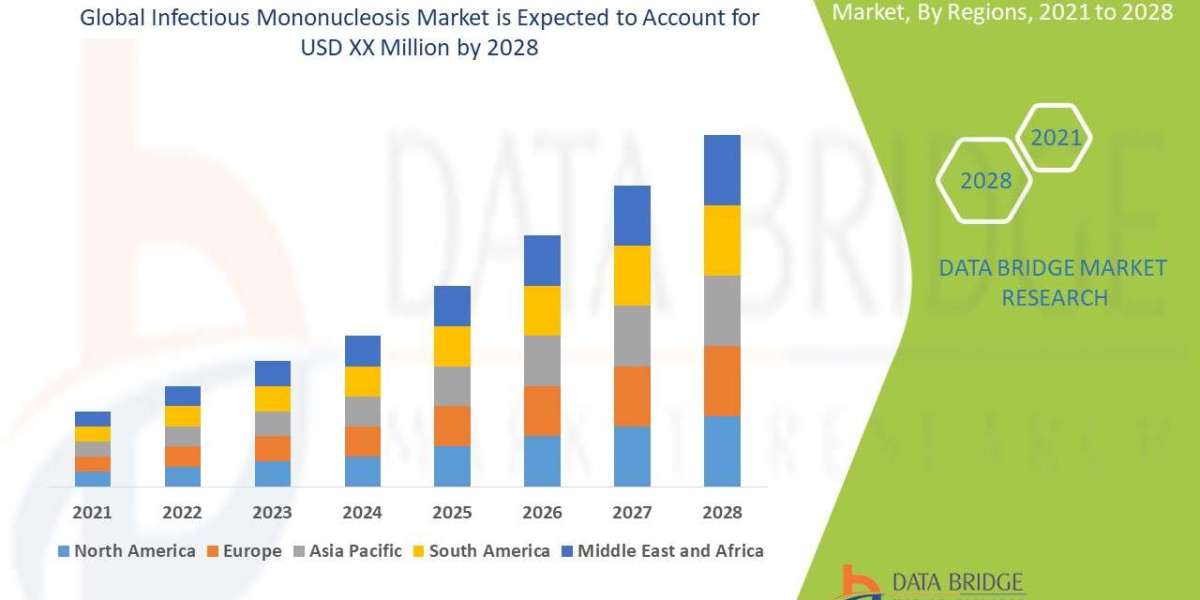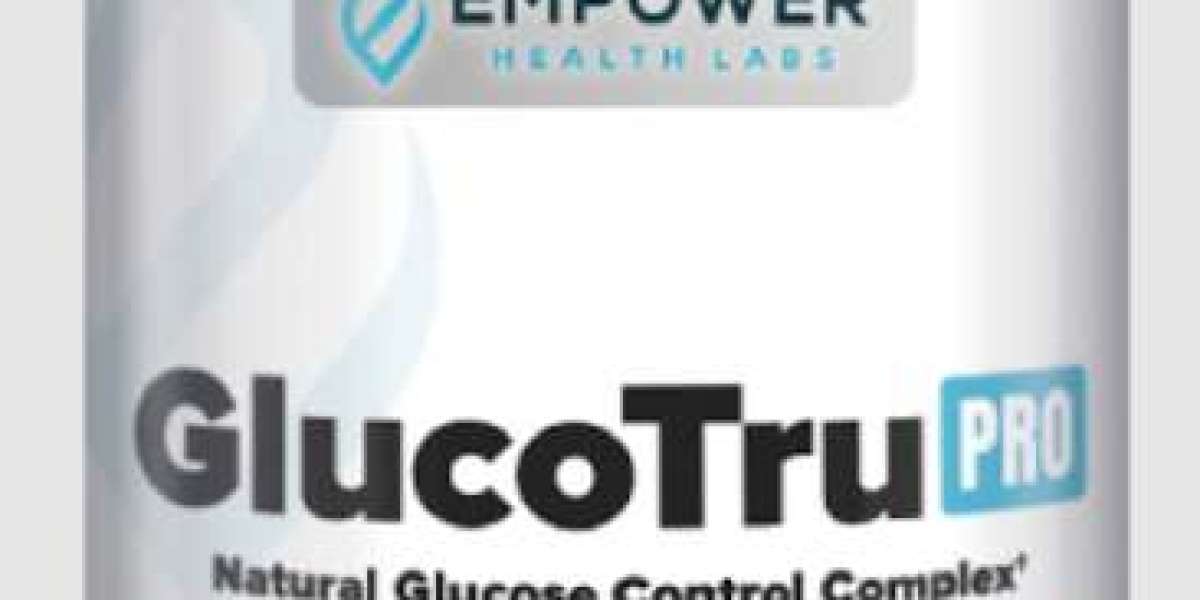Electronic specialty gases are ultra-high-purity (UHP) gases used in semiconductor fabrication, display manufacturing, photovoltaics, LEDs, and advanced electronics packaging. They enable critical steps—etching, deposition, doping, cleaning, and purging—across front-end and back-end processes where parts-per-billion (ppb) and even parts-per-trillion (ppt) impurity control determines device yield. The Electronic Specialty Gases Market is tightly coupled to semiconductor capital expenditure cycles and technology transitions (e.g., EUV lithography, 3D NAND scaling, advanced logic nodes). Amid growing chip intensity across AI data centers, automotive electronics, and 5G infrastructure, demand for electronic specialty gases is expanding, albeit with the cyclical nuances typical of the semiconductor industry.
Market Definition and Scope
Electronic specialty gases include process, precursor, and support gases formulated and purified for electronics manufacturing. Key categories are:
- Etching and cleaning gases: CF₄, C₂F₆, C₃F₈, SF₆, CHF₃, NF₃, F₂, Cl₂, HBr, BCl₃, and O₂.
- Deposition gases and precursors: SiH₄ (silane), SiH₂Cl₂ (DCS), NH₃ (ammonia), N₂O, WF₆ (tungsten hexafluoride), CO, H₂, and metalorganics (adjacent category) for MOCVD.
- Dopant gases: PH₃ (phosphine), AsH₃ (arsine), B₂H₆ (diborane).
- Carrier and purge gases: N₂, Ar, He, H₂ of electronic grades.
- Rare and noble gases: He, Ne, Kr, Xe for lithography and process control.
Purity grades commonly exceed 99.999% (5N) up to 9N, with rigorous control of moisture, oxygen, hydrocarbons, metal traces, and particulates. Delivery systems (cylinders, bundles, bulk, on-site generation) and point-of-use purifiers are integral to the offering.
Electronic Specialty Gases Market CAGR (growth rate) is expected to be around 3.63% during the forecast period (2025 - 2034).
Key Demand Drivers
- AI and advanced computing: Explosive growth in datacenter GPUs and high-bandwidth memory (HBM) elevates wafer starts at advanced logic and memory nodes, increasing consumption of etch and deposition gases, particularly for complex multi-patterned structures.
- 3D NAND and advanced DRAM: Taller 3D NAND stacks and capacitor-intensive DRAM deepen etch aspect ratios, amplifying use of fluorinated chemistries, HBr, and high-selectivity precursors.
- EUV and patterning complexity: EUV adoption influences process gases for photoresist interactions and chamber cleans, while Ar, Kr, and Xe remain relevant to lithography ecosystem needs.
- Wide bandgap semiconductors (SiC, GaN): E-mobility and power electronics drive demand for silane, ammonia, hydrogen, and specialized precursors used in epitaxy and device fabrication.
- Displays and LEDs: OLED and high-resolution LCD production rely on precise etch/deposition steps; GaN-based LEDs use large volumes of NH₃ during MOCVD.
- Regional fab expansions: Large greenfield and brownfield investments in Asia (China, Taiwan, South Korea), the U.S. (onshoring incentives), Europe (strategic autonomy), and India (emerging initiatives) pull through local gas and infrastructure demand.
Key players in the Electronic Specialty Gases Market include:
BASF, Linde, American Air Liquide, Air Products, Showa Denko, Kanto Denka, Taiyo Nippon Sanso, Praxair, Messer, Novec, Matheson, Pure Technologies, NexAir, Air Liquide
Technology and Process Insights
Shrinking geometries, higher aspect ratios, and material complexity heighten demands on gas purity, cylinder valve cleanliness, and distribution systems. Remote plasma cleans, selective deposition, and atomic layer processes (ALD/ALE) are reshaping gas portfolios toward higher selectivity and lower defectivity. Point-of-use purifiers, advanced MFCs (mass flow controllers), and SEMI-compliant changeover panels are part of the quality stack. For sustainability and process performance, fabs are adopting NF₃ alternatives such as in-situ F₂ generation and abatement systems with high destruction removal efficiency (DRE) for fluorinated gases.
Regulatory and ESG Considerations
Fluorinated gases like SF₆ and NF₃ carry very high global warming potentials. Evolving policies—such as F-gas regulations in the EU and international climate frameworks—pressure both fabs and suppliers to reduce scope-1 emissions via substitution, optimized process recipes, and robust abatement. Worker safety regulations are stringent due to toxicity (AsH₃, PH₃), pyrophoricity (SiH₄), and flammability (H₂). Suppliers emphasize leak-tight packaging, redundant safety interlocks, and electronic tracking (e.g., RFID) for cylinder lifecycle management. ESG programs increasingly include cylinder reuse, reclamation services, and energy-efficient purification plants.
For More Information Request for Sample PDF
Challenges and Risks
- Semiconductor cyclicality: Inventory corrections and capex pauses can compress volumes, particularly in memory.
- Environmental scrutiny: High-GWP gases face regulatory pressure; compliance requires capital-intensive abatement and potential recipe changes.
- Safety and compliance costs: Handling toxic and pyrophoric gases demands robust training, monitoring, and infrastructure.
- Supply constraints: Helium and noble gases are vulnerable to upstream disruptions; geopolitical tensions can impact rare gas refining and cross-border logistics.
- Technology migration: As nodes shrink and architectures change, legacy gas demand can erode while new chemistries require rapid qualification and capacity alignment.
Contact Us:
Market Researcnh Future (Part of WantStats Research and Media Pvt. Ltd.)
Contact Number. +91 2269738890
Email: sales@marketresearchfuture.com



